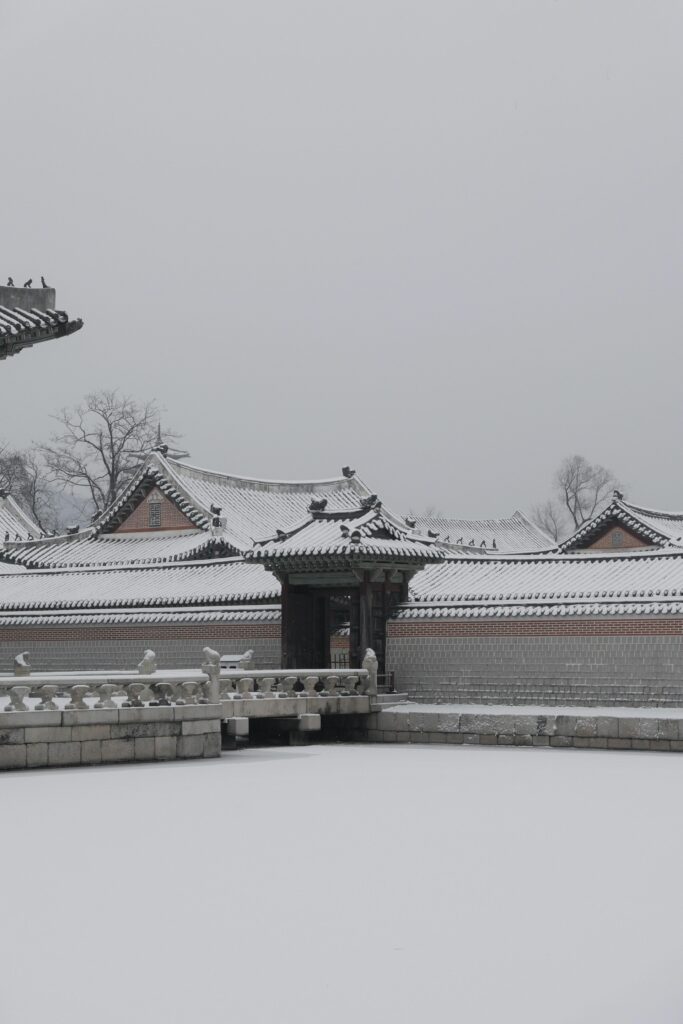Building a mechanical artwork sculpture may seem like a daunting task, but fear not! This step-by-step guide will take you through the process, making it easy and enjoyable. From gathering the necessary materials to assembling the intricate parts, we will provide you with clear and concise instructions. By the end, you’ll have a stunning mechanical masterpiece that will impress anyone who lays their eyes on it. So get ready to unleash your creativity and let’s embark on this artistic journey together!
Choosing a Concept
When it comes to creating a mechanical artwork sculpture, the first step is to choose a concept. This is your chance to let your imagination run wild and explore various ideas for your sculpture. Researching different concepts can help you gather inspiration and identify what resonates with you the most.
Take the time to explore different themes and styles that appeal to you. Consider what message or emotion you want your sculpture to convey. Do you want it to be whimsical and playful, or perhaps more abstract and thought-provoking? By identifying the theme and purpose of your sculpture, you can ensure that every element you incorporate aligns with your vision.
Additionally, it’s essential to think about the mechanics and movement involved in your sculpture. Are you looking for something that has a simple, repetitive motion, or do you want to create a complex and intricate piece? Understanding the mechanics will help guide your design process and ensure that the final sculpture achieves the desired effect.
Gathering Materials
Once you have a clear concept in mind, it’s time to gather the necessary materials for your sculpture. Start by making a list of all the materials you will need, including both the structural components and the artistic elements. This list will serve as your guide when sourcing materials from local stores or online.
When sourcing materials, consider the quality and durability of each item. Depending on the size and complexity of your sculpture, you may need specific materials that can withstand the forces involved. Don’t hesitate to reach out to experts or suppliers for recommendations on suitable materials for your project.
In addition to the materials, it’s crucial to check if any specialized tools are needed for the construction process. Ensure that you have access to all the necessary tools or consider renting or borrowing them if needed. Having everything prepared beforehand will save you time and frustration down the line.

Creating a Blueprint
To bring your vision to life, you need a well-thought-out blueprint. Start by sketching out the overall design of your sculpture. This sketch will serve as your guide throughout the construction process, ensuring that you stay on track and don’t miss any important elements.
Once you have the overall design established, it’s time to focus on the mechanical components. Detailing how each part connects and moves is crucial for achieving the desired motion in your sculpture. Consider the materials you will use for each component and their dimensions, as these will impact the overall functionality.
To ensure accuracy and precision, don’t forget to include measurements in your blueprint. This will help you avoid any miscalculations or misalignments during the construction process. Take your time with this step, as a well-executed blueprint is the foundation for a successful sculpture.
Preparing the Workspace
Before diving into the construction process, it’s essential to prepare your workspace adequately. Clear the area where you will be working to make room for your sculpture and provide a clutter-free environment. This will not only allow you to work more efficiently but also reduce the risk of accidents or damage to your materials.
Next, set up a sturdy worktable or surface that can support the weight of the materials and provide a stable foundation for your construction. A wobbly or unstable workspace can lead to unnecessary frustrations and hinder your progress.
Lastly, organize your tools and materials in a way that allows for easy access and promotes efficiency. Consider investing in storage solutions such as bins, drawers, or shelving units to keep everything organized and within reach. By having your tools and materials readily available, you can focus on the construction process without unnecessary interruptions.

Building the Base
The base of your sculpture serves as the foundation and support structure for the mechanical components and artistic elements. Choosing a suitable base material is crucial for stability and durability. Consider the weight and size of your sculpture, as well as the materials you will be using, when selecting the base material.
Once you have chosen the base material, it’s time to cut and shape it according to your design. This step requires precision and attention to detail to ensure that the base fits seamlessly with the rest of the sculpture. Depending on your design, you may also need to attach additional support structures to enhance stability and prevent any movement or wobbling.
Remember to take your time during this stage and double-check measurements and alignments. Building a sturdy and well-constructed base is essential for the overall stability and longevity of your sculpture.
Constructing the Mechanical Components
With the base in place, it’s time to focus on constructing the mechanical components of your sculpture. Begin by laying out the mechanical parts on your blueprint, ensuring that each piece is in the correct position.
Depending on the complexity of your design, you may need to cut, shape, and assemble various parts to achieve the desired movement. It’s essential to follow your blueprint closely and pay attention to every detail to ensure that the mechanical components fit together seamlessly.
Once the components are assembled, it’s time to test the movement and functionality. This step allows you to identify any issues or areas that may require adjustment. Make sure to test the range of motion, the smoothness of the movement, and the overall functionality of the mechanical parts. Any necessary modifications can then be made before proceeding to the next steps.

Adding Artistic Elements
Now that the mechanical components are in place, it’s time to enhance your sculpture with unique artistic touches. This is where you can let your creativity shine and personalize your artwork. Consider incorporating elements such as carving, sculpting, or painting to bring your sculpture to life.
When adding artistic elements, ensure that they complement the mechanical components and align with your initial concept. The integration of artistry and mechanics is what sets a mechanical artwork sculpture apart from other sculptures. Take your time and pay attention to detail to create a harmonious balance between the technical and artistic aspects of your creation.
Wiring and Powering the Sculpture
For sculptures with electronic or motorized components, wiring and powering the sculpture is a crucial step. Plan the wiring layout carefully, making sure to consider the connections between the mechanical parts, power sources, and any additional lighting or electronic features.
Install appropriate sockets or connectors that allow for easy connection and disconnection of the sculpture. This will simplify any maintenance or modifications that may be necessary in the future.
Ensure that the mechanical parts are properly connected to a suitable power source. This may involve using batteries, a power adapter, or other power supply options depending on the specific requirements of your sculpture. Safety should always be a priority, so consider consulting with an electrician or expert if you have any concerns.
Assembling the Sculpture
Now that all the individual components are complete, it’s time to assemble the sculpture. Begin by aligning and connecting the base with the mechanical components according to your blueprint. Take care to ensure that everything fits together seamlessly, as any misalignment can affect the overall stability and functionality of the sculpture.
Secure all parts using suitable fasteners such as screws, bolts, or adhesives. Double-check that all connections are tight and secure, making any necessary adjustments as needed.
It’s vital to double-check the movement and stability of the sculpture once it is fully assembled. Test its functionality, making sure that everything moves smoothly and that there are no limitations or obstacles affecting its motion.
Finishing Touches
With the sculpture fully assembled, it’s time to add the finishing touches that will bring your artwork to life. Start by cleaning and polishing the sculpture to ensure that it looks its best. Depending on the materials used, you may need to apply specific cleaning techniques or use appropriate cleaning products to avoid damage.
Applying protective coatings or finishes can help preserve the quality and longevity of your sculpture. Consider using varnishes, sealants, or protective sprays that are suitable for the materials used in your artwork. This step will not only protect your creation from environmental factors but also enhance its visual appeal.
Finally, take the time to document the process and finalize any necessary documentation. This documentation may include photographs, sketches, a description of the artwork, and any relevant technical information. Documenting your project will not only serve as a record of your work but also allow others to appreciate the craftsmanship and effort that went into creating your mechanical artwork sculpture.
In conclusion, building a mechanical artwork sculpture requires careful planning, attention to detail, and a combination of technical and artistic skills. From choosing a concept to adding the finishing touches, each step plays a crucial role in bringing your sculpture to life. By following this step-by-step guide, you’ll be well-equipped to embark on your journey of creating a unique and captivating mechanical artwork sculpture.

